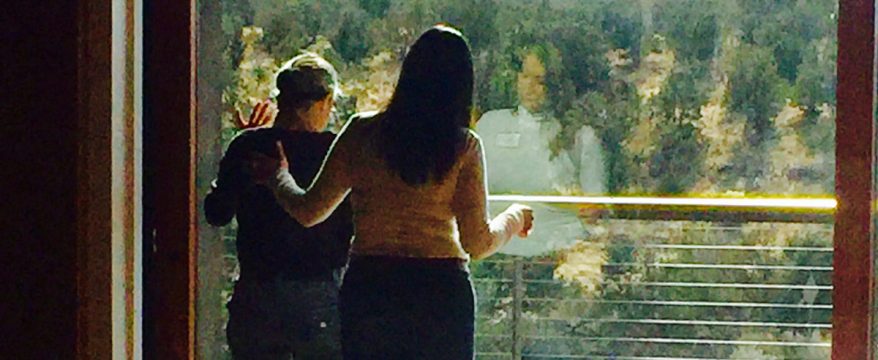A Natural Tendency Other Than Rational
The word “impulse” comes with a variety of definitions, synonyms, and connotations. Inspiration, motivation, incentive, driving force. A sudden wish or urge that prompts an unpremeditated act or feeling, an abrupt inclination. The electrochemical transmission of a signal along a nerve fiber that produces an excitatory or inhibitory response. A propensity or natural tendency other than rational.
When is it that we feel most alive? Is it when we are acting rationally, or is it when we are acting impulsively? If we are indeed animals, then is it fair to say that impulse is our true nature, and not, in fact, the more “rational” mind? Ultimately, we can utilize our more rational mind to follow our more natural inclinations and impulses with forethought and consideration, even strategically and with a view of the so-called “long game.” But first we must [re-] locate those inclinations; first we must peel back the layers of all that is learned and habitual, of all that we believe is rational and “right.”
The esteemed Buddhist nun and teacher Pema Chödrön says that the condition of simply being human is fundamentally quite uncomfortable, and that we must learn to become comfortable with this inherent discomfort, with this “groundlessness.” When I first participated in the Academy for the Love of Learning’s signature Impulse Exercise, created by founder and president Aaron Stern over thirty years ago, what arose for me was most certainly not comfortable. I felt wary, anxious, claustrophobic, resistant, combative even. My teeth were clenched and my breath was shallow. I wanted to know whether I was doing “it” right (or wrong). I had to come face to face with the possibility that I was an overachieving control freak with serious intimacy issues.
And then something else happened. My Impulse partner and I began to play. My resistance turned into surrender. My jaw released and my belly filled with air. I began to understand – through this very physical, or somatic exploration – that the imprints I carry from my family of origin, from my experience as a learner and as a teacher, from what I have come to believe constitutes “success” or even fulfillment, are plentiful.
Now, as a facilitator of the Impulse exercise, I get to bear witness as participants dig into their own discomforts, their own habitual ways of being and doing and, ultimately, their own inquiries and insights. Recently, a co-facilitator and I were faced with the conundrum of whether or not to go forward with the exercise at all, given that there were only two participants present. Would it work? Would it be a disaster? Would we have to shorten it? Should we just sit around and chat instead?
In the end, we neither changed course nor shortened the exercise, and what arose was deep and wide and revelatory. Here’s what our two participants discovered: We forget to play. Slowing down matters. Joy matters. We do a lot of “tolerating” and “getting through” vs. taking risks and trusting and becoming vulnerable. We operate more often from a place of fear than from a place of curiosity.
How does real change occur? How are we changed by one another? What constitutes wisdom? Somatic exploration ideally helps bring us back to what we already know, back to our most natural impulses. In her book, Teaching to Transgress: Education as the Practice of Freedom, the author and educator bell hooks writes, “[Academia] is not paradise. But learning is a place where paradise can be created… In that field of possibility we have the opportunity to labor for freedom, to demand of ourselves and our comrades an openness of mind and heart that allows us to face reality even as we collectively imagine ways to move beyond boundaries, to transgress. This is education as the practice of freedom.”


